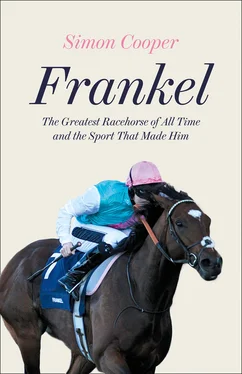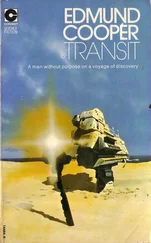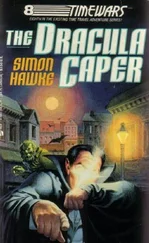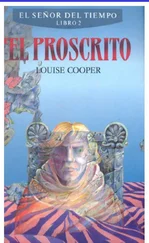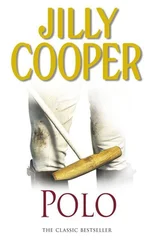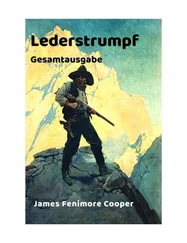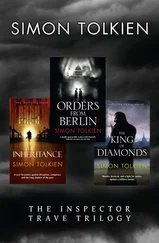At this point, we don’t exactly know how the dark brown colt came into the ownership of Captain Robert Byerley. Some say he purchased him in London; others that he was himself at the Siege of Buda. But regardless, the Turk’s fighting days were far from over. Byerley was a professional soldier with a horse to match. The two were in service together, and when the time came he rode his war horse to Ireland in opposition to the Jacobites. But it wasn’t all skirmishes and battles. They stopped along the way to win a contest at Downpatrick Races, before the pair went to war one last time at the Battle of the Boyne. And it is only at this point that the Byerley Turk truly becomes part of our story, because whether it was out of sentimentality or a recognition that he was something special, Captain Byerley retired his stallion to stud. And over the next eleven years, the Byerley Turk, a horse of decidedly Arabian appearance but otherwise unknown pedigree, stood in northern England to head the bloodstock revolution.
But for all the importance of the Byerley Turk, who was followed to English studs by the Darley Arabian in 1704 and the Godolphin Arabian in 1729, there was no great plan as such. It just so happens that a few of the great and the good of English society took it into their heads that by mixing the Middle Eastern bloodline with the native stock, they would produce a better racehorse. There was no overarching genetic science to suggest it would work – that explanation was some centuries away. It was simply a notion of an idea. But it was an idea of astonishing perceptiveness, for within the space of a few decades they had bred what was termed the ‘enhanced English racehorse’; and with a further nod to Middle Eastern heritage, the Middle Eastern word Thoroughbred was adopted to define this new breed of equine that was by the 1750s being exported to North America, Europe and around the globe. The international bloodstock business is older than you might suppose.
So, if you took the trouble to trace back Frankel’s family tree for the thirty or forty generations to those pioneering days of the early eighteenth century, you would find in his pedigree at least one of those three Arabian stallions. And Frankel is not alone. For it is a remarkable fact that every single Thoroughbred racehorse you see alive today is a blood relative of at least one of those three foundation sires. It is odd to think had a stray bullet hit the Turk on a distant battlefield, in a time far removed from ours today, all this might never have come to be.
The Port of Holyhead does not look much like a hub of the international bloodstock trade. Arrivals from across the Irish Sea are greeted by a sign that welcomes them to the Isle of Anglesey, with the next prominent landmark the Lidl supermarket. Those departing from this northwest outpost of Wales probably don’t feel inclined to shed a tear. It is not a place to linger. Swathes of tarmac. Chain link fencing. Custom sheds. Signs pointing you in every direction. Passport control. All bathed in the halogen orange glow from the array of tall lights that suck yet more life out of an already depressing scene. Huge juggernauts wait in line, their engines humming away as their drivers, experts in long waits, fiddle with their phones or doze. And among the lines of freight are horses. Lots of horses. For this is the primary (and shortest) route along which thousands of racehorses, from valuable stallions in their prime to newly born foals just a few days old, will pass each year between the UK and Ireland.
Sometimes they are easy to spot; the Coolmore transporters are giant billboards. The commercial horse movers have sleek wagons and the livery to announce their trade. There are maybe a dozen or more horses on board each lorry, plus accompanying grooms. But oftentimes the horse boxes are so discreet that you would barely recognise them as such. White lorries, not much bigger than a box van, with little to identify the cargo of two inside. And a Juddmonte lorry, on a bleak February evening awaiting the night ferry, was a six-year-old mare called Kind with her first foal, a bay colt who had been born at Banstead Stud just nineteen days earlier. As the lorry mounted the ramp into the oily aura of the cargo deck, the foal might have felt some trepidation. The swaying of the boat. The shouted instructions. The echoing roar of diesel engines that reverberate in the hugeness of the hold, booming for one last time before falling silent. The banging and clanking is alarming even to those who understand such things, as the stevedores haul chains to lock down the chassis to the steel floor. A winter Irish Sea is rarely calm.
I’d like to think Kind was a good mother to her young foal on that journey, reassuring him as each new day brought new things to learn and experience. Though I can’t be sure, I’m fairly confident I’m right.
I’ve met Kind, who is sweet and kind. The last time I saw her, she was with her newly arrived filly. The pair were in one of the stalls in the American-style barn at Coolmore while Kind underwent acupuncture. The past years have not always been easy for Kind. After five consecutive foals, she had a barren year when she did not conceive, then had another live foal who raced as Proconsul, then slipped (that is to say, aborted), then was barren again, then slipped the next two seasons to finally produce in her seventeenth year the filly foal that I met.
As the stable hand held her head and the acupuncturist did her work, the leggy foal wandered out of the gaze of her mother to join me at the half-opened door, curious at the new arrival. As she nuzzled her head into my chest, I stroked her young hair, which was clumpy rather than smooth, more like soft wool to the touch. Looking over, I saw mother turn her head away from watching the pin woman to check on her foal and check me out. It was kindness exemplified. For in that nanosecond, you could see in those brown eyes concern, care and then contentment all in a flash of maternal assessment. She’s definitely a good mother.
You probably know, or at least have gathered, that Kind is Frankel’s mother. In many ways, I feel a bit mean not starting out by telling you about Kind first but it seems that, at least in terms of headline grabs and eye-watering valuations, it is the sires that win out. But not everyone feels that way. There are plenty in the bloodstock world who value the female line above the male. In fact, it is no accident that the Arabs sold stallions to the avaricious English. They did then, and do now, hold on to their fillies. The truth is that sires get star billing through sheer weight of numbers. Even the most fecund mare will likely not produce more than a dozen or fourteen foals in her lifetime; as we have seen, for a leading sire the number can run into thousands. Whichever way you cut it, for good or ill, the odds are weighted in favour of the guys, and the sheer familiarity of their names, so frequently repeated in race cards and race reports, reinforces any stallion brand. So, let me tell you about Kind.
She was born in Ireland, bred by Frankel’s owner Prince Khalid who still owns her today. Her father was a great stallion called Danehill, also bred by Prince Khalid. Her mother was the daughter of a Derby winner and her great-grandfather was Northern Dancer, that bloodline so coveted by Coolmore. If all these various names become something of a blur, I understand; it is maybe enough to know that Kind, and so in turn Frankel, had great parentage. Her racing career, it is probably fair to say, was successful without being stellar. Like her famous son she raced at two, three and four, notching up a run of five consecutive wins in her middle year and with one further win in her last. She was retired to Banstead Manor that summer to become a broodmare, and it was to be there rather than on the racecourse that her destiny truly lay.
Читать дальше
